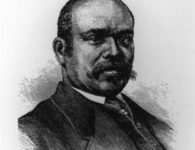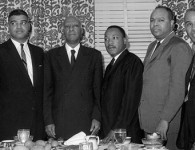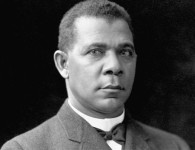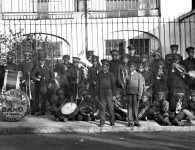Though black people in the United States and all over the world have faced obstacles of racial discrimination in the past present, black people have always had a resilience against oppression, continually pushing back against or finding ways around the bonds that restrain them. The Great Migration has been a historical event that exemplifies how much blacks in the United States were willing to go through to create better lives for themselves, with millions migrating with the promise of economic opportunity. During a large period of time between 1915 and 1960, five to six million southern blacks, in search of a better life and more access to resources, moved to both the north and western regions of the United States. Huge numbers of black people migrated to popular cities such as New York, Detroit, Chicago, and Pittsburgh in the North, and San Francisco, Los Angeles, Portland, and Seattle in the West. Huge changes and increases in population happened in these cities, changing the landscape of urban areas for decades to come.
There were two large movements of the Great Migration that occurred during World War I. Around 454,000 southern blacks moved to the north in this first wave, and another million left during the 1920s and 30s. A huge wage came between the years of 1940 and 1960, when over three million southern blacks journeyed to the west and the north.
Economic conditions in the south were poor, especially for blacks, who found it quite difficult to push against the slavery-like economic conditions there. After the Reconstruction period ended, post-Civil War, white supremacy came back to establish itself in full force in the south. Jim Crow laws dictated economic, political, and social opportunity for blacks. Sharecroppers in the south were little more than slaves in everything but name since the abolition of slavery, and there was little to no chance to advance further. Blacks were also still restricted from voting, subjected to violent lynchings and attacks from whites, and suffered unequal education and resources. When World War I occurred, factory workers were needed in the north, providing an opportunity for blacks to leave oppressions conditions of the south to search for something better. There was a demand in the north and west for workers, due to the millions of men that had joined the armed forces. Sometimes blacks were even paid to migrate to the north to work. There were so many new opportunities opening up to African Americans that millions jumped at the chance to leave the south.
Source:
http://www.blackpast.org/aah/great-migration-1915-1960#sthash.xNIy6Q4s.dpuf
http://www.history.com/topics/black-history/great-migration




















2 Comments
Congratulations on your informative article. For a personal history, please follow up with the biography I have written entitled: Arlene: A Woman of the Great Migration. This is the story of an African American family’s journey from the coal mines of West Virginia to the Ship Yards of Vancouver, Washington. Go to realwomenwholivefulllivesblog.com
It’s very easy to find out any matter on net as compared to books, as I found this post at this website.